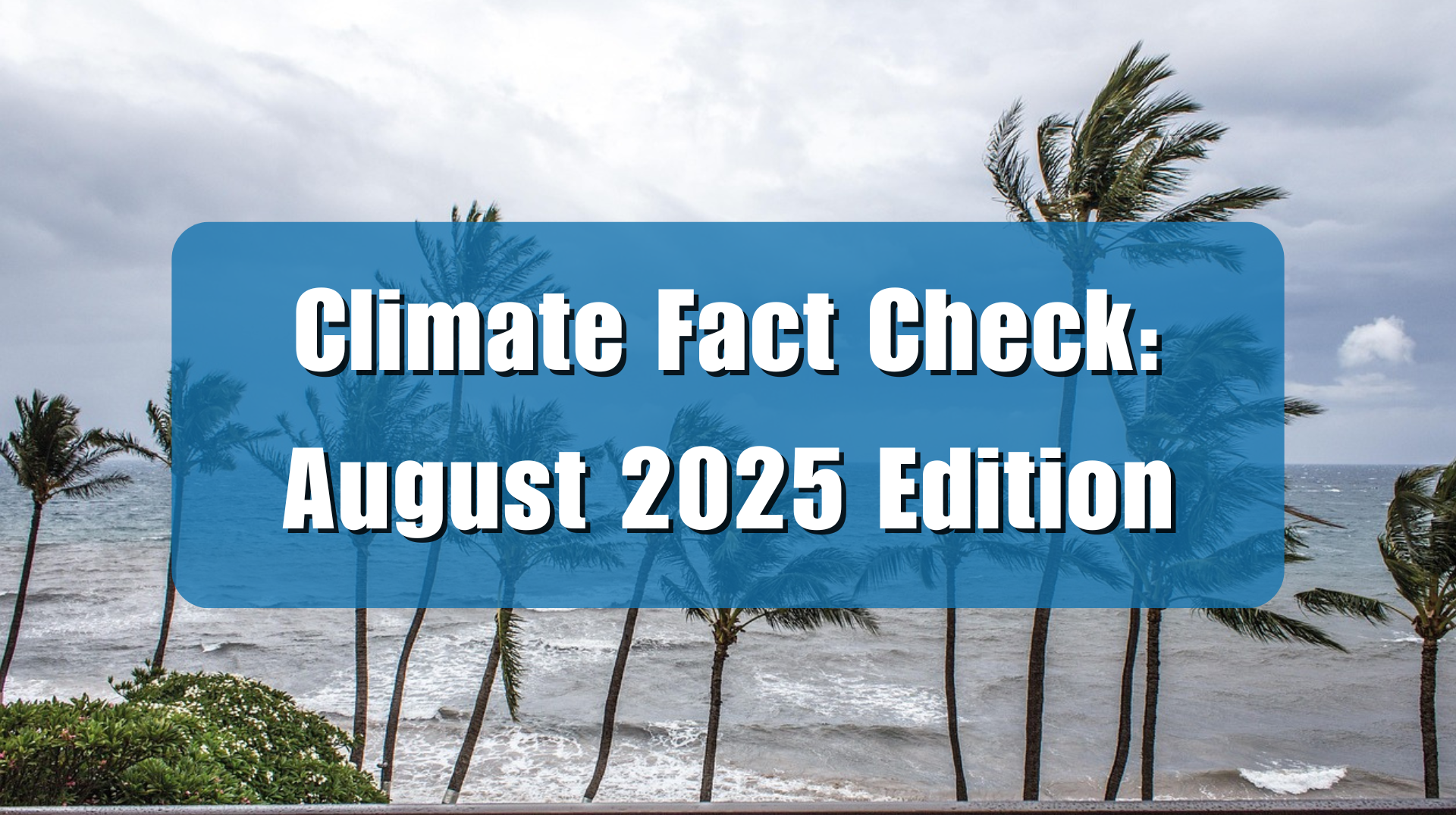At the very top of Google News searches for “climate change” this week, an article in The Conversation falsely claims more atmospheric carbon dioxide will bring few if any benefits regarding plant life. The article completely ignores many documented benefits of carbon dioxide for crops and plant life.
The article, “Climate explained: why higher carbon dioxide levels aren’t good news, even if some plants grow faster,” claims, “At best, you might be mowing your lawn twice as often or harvesting your plantation forests faster.”
The author, Sebastian Leuzinger, acknowledges in passing that increased carbon dioxide helps plants grow faster and larger, and even improves their use of water. He attempts to dismiss this by putting the worst possible spin on it, suggesting that the primary result is people will have to more frequently engage in the unpleasant task of mowing our lawns. Putting the worst possible spin on good climate news is a common tactic of climate activists.
Higher carbon dioxide levels and modest warming have resulted in crop yields setting records nearly every year. This is much more impactful than mowing lawns more frequently, and an incredible benefit for human health and welfare. Also, greater crop yields mean we can preserve more open spaces for the environment rather than farms.
Leuzinger also complains that more abundant, faster-growing plant life will not necessarily absorb more carbon from the atmosphere. But we don’t want all or most of the atmosphere’s carbon dioxide to be locked away forever. Rather we want plants to use it to grow more abundantly, providing food for plant and animal life on land and in the oceans. As documented in Climate Change Reconsidered: Biological Impacts (CCRBI), carbon dioxide enriched plant growth has contributed to record crop yields, helping to bring about the largest decline in hunger, malnutrition, and starvation in human history.
So, regardless of what climate alarmists and their media sock puppets say, more abundant and faster-growing plant life is more than simply mowing our lawns more frequently. More atmospheric carbon dioxide benefits crop production, plant life, and human health and welfare.




















